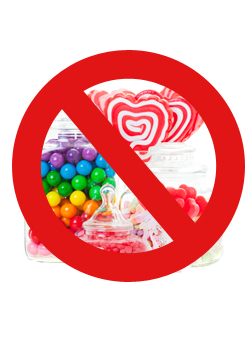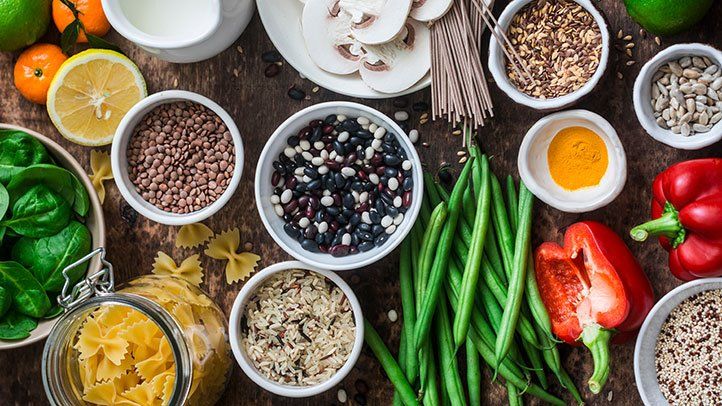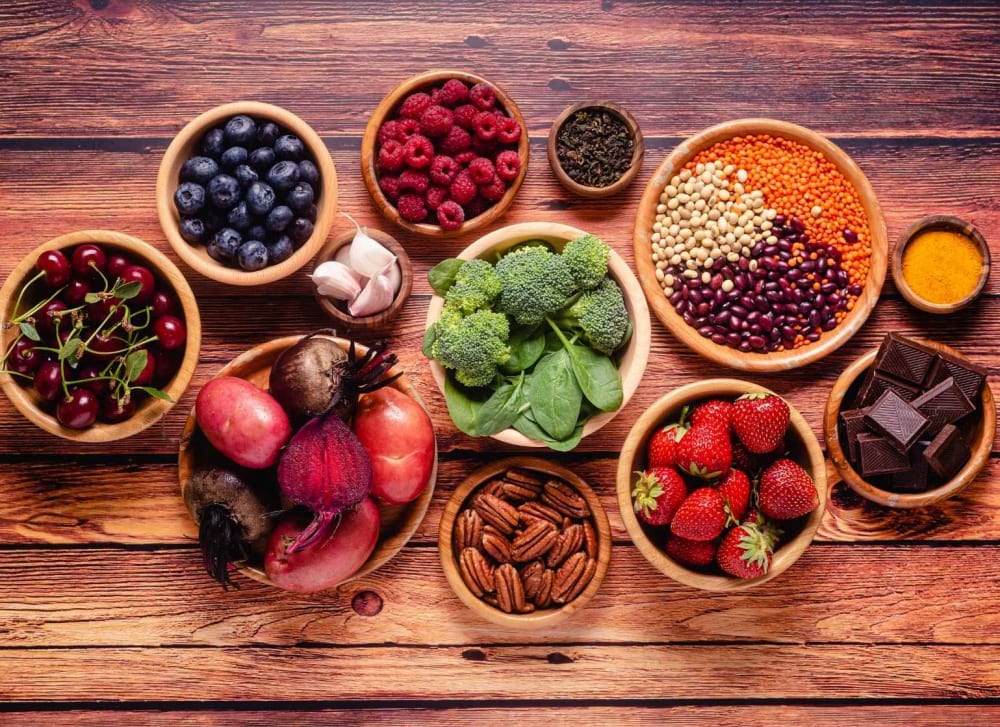
What foods can cause arthritis to worsen? These are the most common questions we hear. Some of these are inflammatory and others are not. But what does all this mean? You need to be aware of what you eat. A healthy diet is crucial to keeping inflammation down. Incorporating garlic into your diet can be especially beneficial. Garlic is anti-inflammatory and can reduce joint pain. The Omega-3 Fatty Acids are helpful for arthritis patients as they help reduce inflammation. They can also help you stay healthy.
You can fight arthritis with certain foods and drinks. Drinks like orange juice, green tea, and other beverages are rich in antioxidant polyphenols that have been proven to protect the body against damage. Watch your calories and portion sizes. Hydration is key to staying hydrated. Certain foods can even worsen arthritis. So what can you avoid? These are some suggestions. These suggestions can help you feel better.
Avoid processed sugar-sweetened sodas. These products can increase inflammation and worsen arthritis. Don't eat excessive sugar. Research has shown that too much sugar can make the symptoms worse. Inflammation is often a major cause of arthritis symptoms. These foods can make your arthritis worse. Avoid red meat as it contains high amounts of sugar and fat.

Avoid simple carbohydrates. Simple sugars can increase blood sugar levels and cause inflammation. A healthy diet should include vegetables such as tomatoes and eggplants. Beans and nuts are essential for anti-arthritis. You can also eat roasted vegetables. These vegetables can reduce your chance of developing arthritic joints. Be sure to avoid refined sugar. It is an inflammatory toxin that increases your chances of developing arthritis.
Refined grains increase blood glucose and are high-inflammatory. Refined cereals can increase the production and inflammation of AGEs. They can also cause inflammation and pain. You should avoid wheat products and dairy. These foods can make your arthritis symptoms worse. They are loaded with omega-6 fatty acids that can be dangerous for your joints. Refined grains increase blood glucose and can cause arthritis.
Sugar and processed carbs are bad for RA patients. They can trigger inflammation and worsen symptoms of arthritis. Adding more anti-inflammatory foods to your diet is beneficial, but it's important to remember that there are some exceptions to this rule. For instance, milk and eggs are considered healthy for most people. They can however make a significant difference in the health of your body. If you're suffering from RA, try eating a healthy diet that includes eggs and nuts.
Many studies have found that red meat can make arthritis symptoms worse. Red meat causes inflammation in your joints. It also raises your bad cholesterol levels, making it worse. Red meat is high in Advanced Glycation End Products, (AGEs). These are molecules that form when food has been grilled or not cooked. AGEs can cause inflammation and make arthritis symptoms worse. Try to reduce your intake of these foods.

Refined grain products are prohibited. While they are often tasty, they can increase inflammation and aggravate arthritis symptoms. Avoid processed foods, refined grains, and dairy. Whole grains are good sources of fibre and can lower C-reactive protein in your blood. They can help with inflammation and pain. The best way to get the most from them is to eliminate them completely.
Some foods are better then others. Although some foods may be lower in saturated fat and have higher fiber, others are still great options. You should eat more whole grains. They're more nutritious and have fewer trans fats than red meat. Red meat is best avoided as it contains saturated fats and omega-6, which can be harmful to the joints.
FAQ
Do I have to count calories?
You might wonder, "What's the best diet for me?" or "is counting calories necessary?" It depends on many factors such as your current health, personal goals, preferences, and overall lifestyle.
The Best Diet for me - Which One Is Right for You?
My current health status, personal goals, preferences, and overall lifestyle all play a role in choosing the right diet. There are many diets available, some good and others not so good. Some diets work well for some people and others do not. What should I do then? How can I make the best decision?
These are the main questions addressed by this article. It starts with a brief introduction of the different types of diets available today. Next, we'll discuss the pros and cons for each type of diet. The final step is to determine which one is right for you.
Let's begin by briefly reviewing the different types and diets.
Diet Types
There are three main types, low fat, high protein, or ketogenic diets. Let's discuss them briefly below.
Low Fat Diets
A low-fat diet is one that limits the intake of fats. This is achieved by reducing saturated fats like butter, cream cheese, and other dairy products. They are replaced by unsaturated fats such as avocados, olive oil, and cream cheese. For those looking to lose weight quickly, a low-fat diet is often recommended. This kind of diet could cause problems like constipation or heartburn and indigestion. It can also lead to vitamin deficiencies, if someone doesn't get enough vitamins in their food.
High Protein Diets
High-protein diets limit carbohydrates and favor proteins. These diets often have higher levels of protein than most other diets. These diets can help increase muscle mass and decrease calories. However, they might not provide enough nutrition for those who need to eat frequently. They are also very restrictive, so they might not be appropriate for everyone.
Ketogenic Diets
The keto diet is also known as the keto diet. They are high-fat and low in carbs and protein. These foods are popular among athletes and bodybuilders as they allow them to train harder, longer and without becoming tired. However, they must be used with caution to avoid nausea, headaches and fatigue.
What's the difference between a calorie and kilocalorie?
Calories measure the energy content of food. Calories are the unit of measurement. One calorie is the amount of energy required to heat one gram water one degree Celsius.
Kilocalories refer to calories in another term. Kilocalories are measured in thousandths of a calorie. 1000 calories are equal to one kilocalorie.
What can be done to increase your immune system's effectiveness?
The human body is made up of trillions and trillions of cells. Each cell is responsible for creating organs and tissues with specific functions. One cell is replaced by another when it dies. The chemical signals known as hormones are used to communicate between cells. Hormones control all bodily functions, including growth, development, metabolism, immunity and immune system.
Hormones can be described as chemicals produced by glands in the body. They travel through bloodstreams and act as messengers that control the function of our bodies. Some hormones can be produced in the body, while others may be made outside.
The release of hormones from a hormone producing gland into the bloodstream is the beginning of hormone production. Once released, hormones move through the body until they reach their target organ. Sometimes hormones stay active for only a short time. Other hormones stay active longer and continue to influence the body's functioning even after they leave the bloodstream.
Some hormones are produced in large quantities. Others are produced in smaller amounts.
Some hormones are only produced at certain times in your life. For instance, estrogen is produced during puberty, pregnancy, menopause, and old age. Women can get estrogen to build breasts, prevent osteoporosis, and keep their bones healthy. It is also known to promote hair growth and keep skin soft and smooth.
Statistics
- According to the Physical Activity Guidelines for Americans, we should strive for at least 150 minutes of moderate intensity activity each week (54Trusted Source Smoking, harmful use of drugs, and alcohol abuse can all seriously negatively affect your health. (healthline.com)
- This article received 11 testimonials and 86% of readers who voted found it helpful, earning it our reader-approved status. (wikihow.com)
- In both adults and children, the intake of free sugars should be reduced to less than 10% of total energy intake. (who.int)
- WHO recommends reducing saturated fats to less than 10% of total energy intake; reducing trans-fats to less than 1% of total energy intake; and replacing both saturated fats and trans-fats to unsaturated fats. (who.int)
External Links
How To
What does the word "vitamin" mean?
Vitamins are organic compounds naturally found in food. Vitamins allow us to absorb nutrients from food. The body cannot make vitamins; therefore, they must be obtained from food.
There are two types: water-soluble and fat-soluble vitamins. Water-soluble vitamins dissolve readily in water. These include vitamin C (thiamine), Vitamin B1 (riboflavin), Vitamin B2 (riboflavin), Vitamin B3 (niacin), Vitamin B6 (pyridoxine), Vitamin C, B1 (thiamine), Vitamin B2 (riboflavin), Vitamin B3 (niacin), and Vitamin B6 (pyridoxine). Fat-soluble vitamins can be stored in the liver or in fatty tissue. Some examples include vitamin D and E, K, A and beta carotene.
Vitamins are classified according their biological activity. There are eight major categories of vitamins.
-
A - Essential for healthy growth and health maintenance.
-
C - essential for nerve function and energy generation.
-
D - essential for healthy bones, teeth, and gums.
-
E - needed for good vision and reproduction.
-
K - required for healthy muscles and nerves.
-
P - vital for building strong bones andteeth.
-
Q - aids digestion and absorption of iron.
-
R - Required for red blood cell production
The recommended daily allowance for vitamins (RDA) varies based on gender, age, and physical conditions. The U.S. Food and Drug Administration has established the RDA values.
For adults 19 years and over, the RDA of vitamin A is 400mg per day. Pregnant women require 600 micrograms daily to support fetal development. Children ages 1-8 require 900 micrograms per day. Infants under one year of age require 700 micrograms per day, but this amount decreases to 500 micrograms per day between 9 months and 12 months of age.
Children aged between 1-18 years require 800 micrograms of sugar per day, while overweight children need 1000 micrograms. Children who are underweight receive 1200 micrograms every day to meet their nutritional requirements.
Children between 4 and 8 years old with anemia will need 2200 micrograms daily of vitamin C.
Adults over 50 years of age need 2000 micrograms per day for general health. Because of their higher nutrient needs, women who are pregnant or nursing need 3000 mg per day.
Adults over 70 require 1500 micrograms each day, since they lose around 10% of their muscle mass every decade.
Women who are pregnant, nursing or breastfeeding need more than the RDA. Pregnant woman need 4000 micrograms daily in pregnancy, and 2500 per day after childbirth. Breastfeeding mothers require 5000 micrograms daily when breast milk production is occurring.